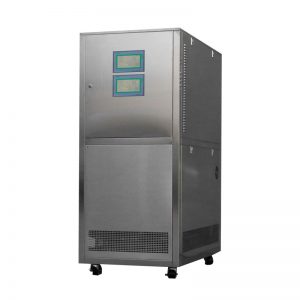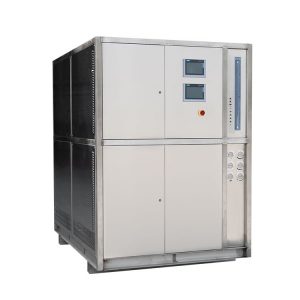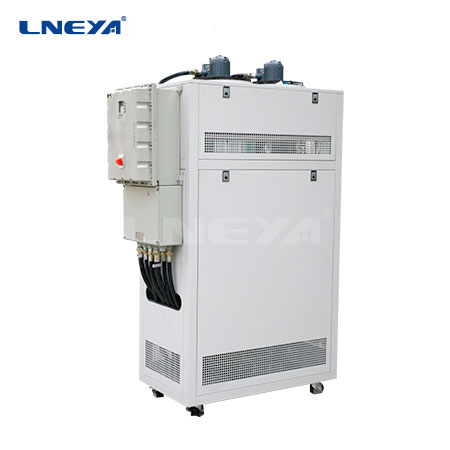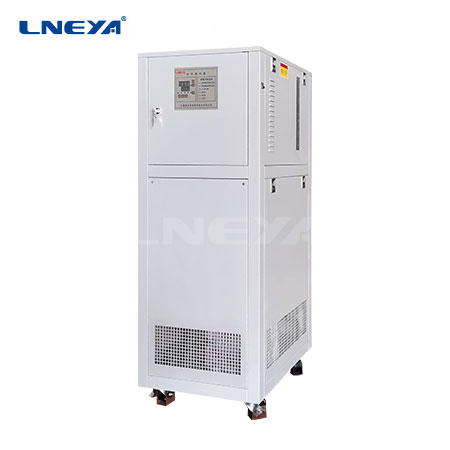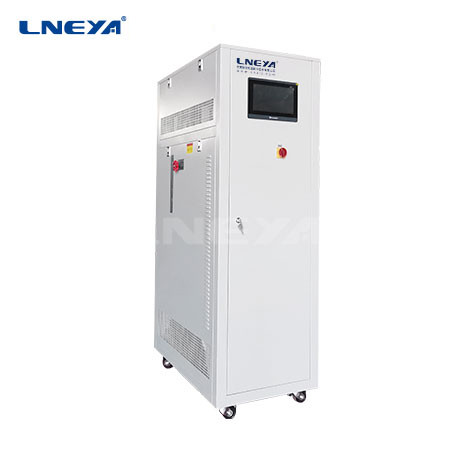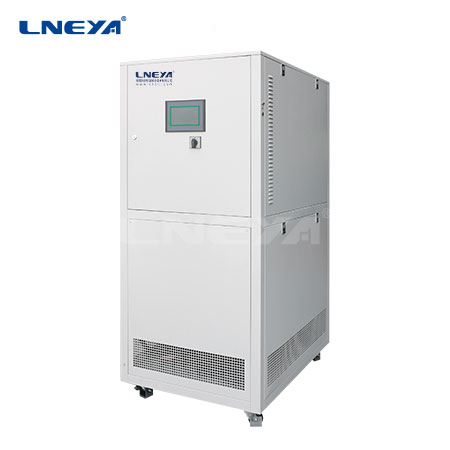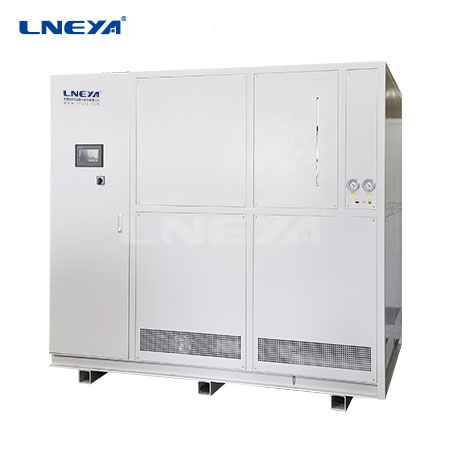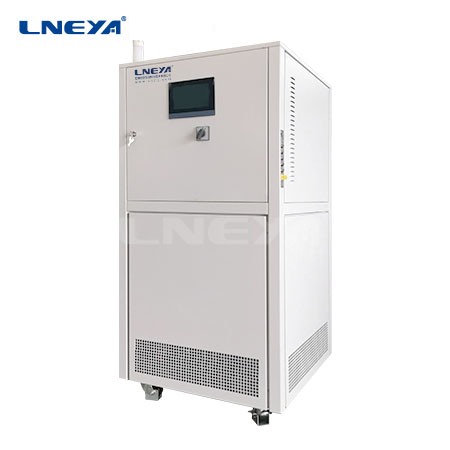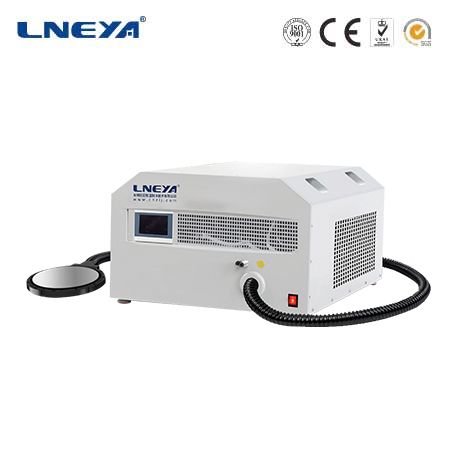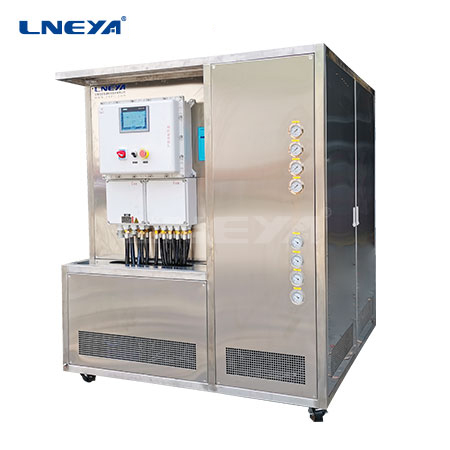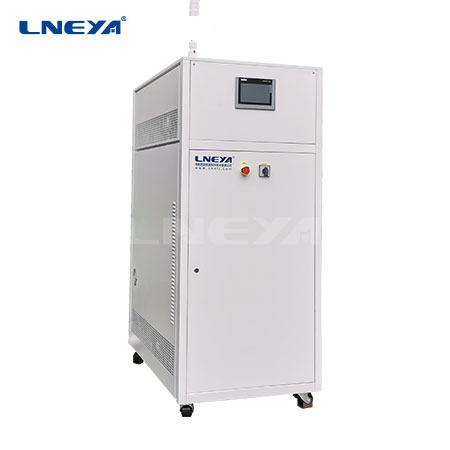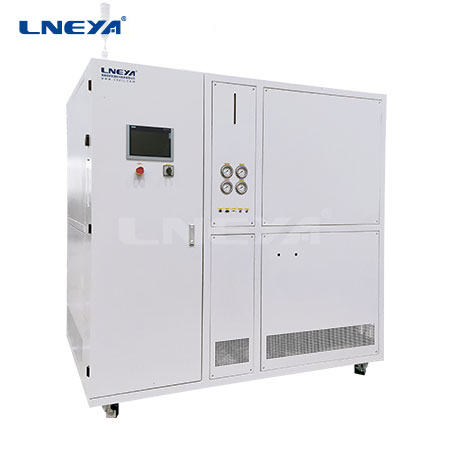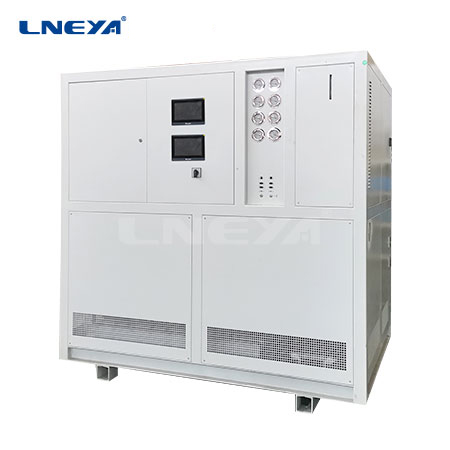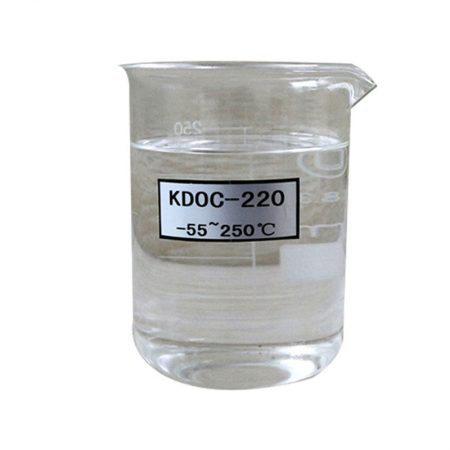Fuel Cell Cooling System
Contact us today for the perfect temperature control solution
The cooling system of the fuel cell system is mainly composed of water pumps, thermostats, deionizers, radiators and other components.
water pump
The electronic water pump is the core component of the fuel cell system cooling system. It controls the temperature of the fuel cell stack by changing the coolant flow, so that the operating temperature of the fuel cell stack is within a relatively suitable range (usually the fuel cell stack is controlled to be maintained at around 80°C , control the temperature difference between the coolant inlet and outlet of the stack within 10°C, 5°C is better).
thermostat
The thermostat has one inlet and two outlets. By adjusting the opening of the valve, the ratio of the liquid flow through the two outlets can be adjusted, thereby achieving the effect of distributing the flow to large and small cycles, and playing a role in precise temperature control of the fuel cell cooling system. plays an important role.
The function of the thermostat is to control the large and small cycles of the cooling system. Its working principle is to ensure that the temperature is within a suitable range by controlling the flow direction of the coolant and the size of the opening. The thermostat is composed of motor actuator, valve body, inlet and outlet and shell. The fuel cell system’s requirements for the thermostat are fast response, low internal leakage, and position feedback information (motor thermostat).

Deionizer
In order to prevent people inside and outside the vehicle from getting electric shock and ensure the safety of fuel cell vehicle occupants, the high-voltage insulation treatment of the fuel cell system, especially the high-voltage insulation treatment of the cooling system, is particularly important.
The fuel cell relies on a cooling system to remove heat. During this process, the coolant needs to flow through a high-potential bipolar plate. If the coolant has a high conductivity, high-voltage electricity will be conducted to the outside through the coolant. Therefore, the requirements for coolant in terms of insulation are relatively high. During the circulation process of the coolant, the impurities in the coolant will continue to increase, causing the conductivity of the coolant to increase, the resistance value to decrease, and the insulation performance to decrease accordingly. Therefore, in order to keep the coolant with a low conductivity, it is necessary to The cooling system is equipped with a deionizer to keep the conductivity of the coolant at a low level.
The main material in the deionizer is adsorption resin. The service life of the deionizer also mainly depends on the amount of ion precipitation in the fuel cell system. When the deionizer cannot exchange more anions and cations, the deionizer will fail.
Deionizer performance test content
There is a fixed relationship between ion concentration and conductivity. Depending on the type of ions, the relationship between ion concentration and conductivity can be obtained by using ion equivalent concentration.
heat sink
The function of the radiator is to transfer the heat of the coolant to the environment and reduce the temperature of the coolant. The radiator body requires a large amount of heat dissipation, high cleaning area requirements, and low ion release rate. The radiator fan requires low noise, stepless speed regulation, and feedback of the corresponding operating status.
Compared with traditional internal combustion engines, the thermal efficiency of fuel cell systems is higher, mostly in the range of 45% to 60%. The heat dissipation of fuel cells is 10% to 20% higher than that of traditional internal combustion engines. According to data, in a traditional internal combustion engine, 15% of the heat is dissipated through the engine body, 40% is discharged through the exhaust pipe in the form of exhaust gas, and only 8% of the heat is dissipated through the radiator. In contrast, fuel cell systems mainly rely on radiators for heat dissipation. Compared with traditional internal combustion engines, the operating temperature of fuel cells is relatively low. The temperature difference between the coolant in the radiator and the environment is smaller than that of traditional cars. Therefore, , which brings great challenges to the development of cooling systems for fuel cell systems (especially high-power fuel cell systems).
Email: info@lneya.com WeChat ID: +8615251628237 WhatsApp: +86 17851209193
 LNEYA
LNEYA
 简体中文
简体中文










